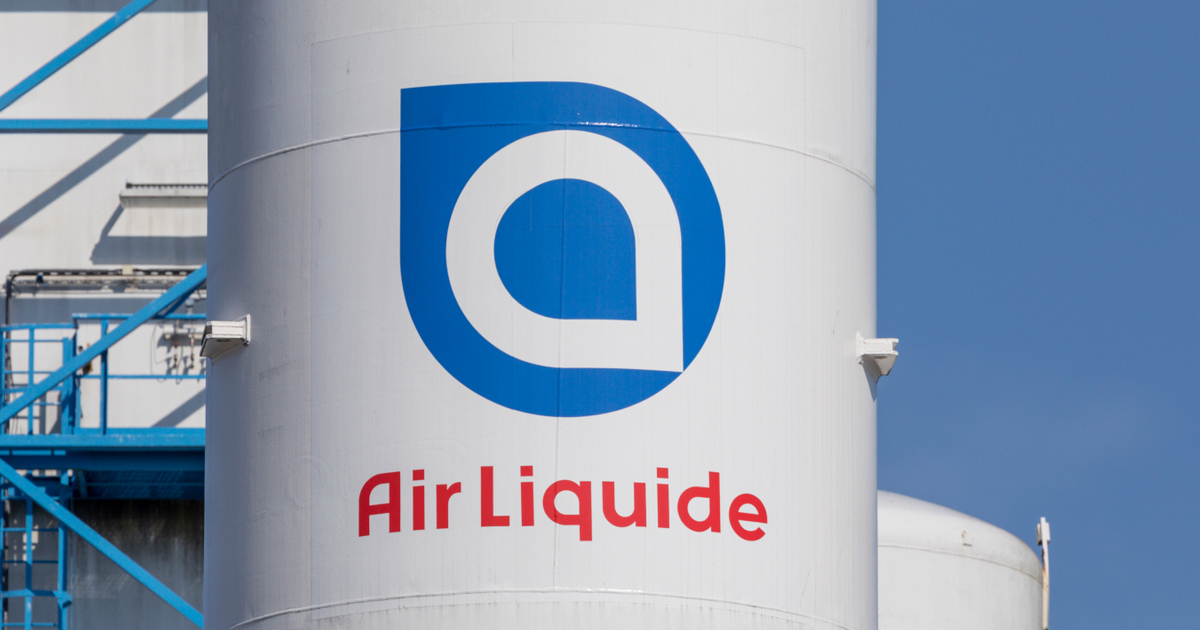Cryptocurrencies and Gresham’s Law: What economics suggests about the future of crypto
Cryptocurrency transactions are on the rise, but is this really a good sign? Here's what economics has to say about it.

Gresham’s Law is a rule of monetary economics that bad money drives out good.
The idea was first used in the context of the Gold Specie Standard, to describe the tendency for overvalued currency to be circulated instead of undervalued currency.
 An illustration of Gresham’s Law and how it works / Image Credit: Fs.blog
An illustration of Gresham’s Law and how it works / Image Credit: Fs.blogOvervaluation could result from dilution of the gold to make coins, or from a fixed exchange rate between gold and silver coins that gradually shifted away from market prices, but the principle still holds.
The rationale is fairly straightforward — no one wants to be holding overvalued currency when the market corrects to reflect the true exchange rates of the currencies involved. Therefore, there will be a preference to pay others in overvalued currency, while everyone keeps the undervalued currency in anticipation of the market correction.
How do we apply Gresham’s Law today?
Let us now turn our attention to the new currencies that are being circulated and traded in the modern-day cryptocurrencies.
The digital infrastructure for cryptocurrency payments is also now in development by many large corporations. Uber has just announced that they will be accepting cryptocurrency payments in the future, and they are hardly the only ones getting on board the cryptocurrency train.
Microsoft, Starbucks, and many other companies already accept cryptocurrency payments, and the technology is clearly here to stay.
But is the acceptance of cryptocurrency payments and the development of such digital infrastructure really worth it?
If we recall Gresham’s Law, bad money drives out good. If cryptocurrencies such as Bitcoin are undervalued and therefore expected to appreciate in value in the future, why would any rational individual or corporation pay for its own expenses with bitcoin or other cryptocurrencies?
 Cryptocurrency transaction trends from 2017 to 2021 / Image credit: Statista
Cryptocurrency transaction trends from 2017 to 2021 / Image credit: StatistaYet, cryptocurrencies are becoming popular as a means for payment. Visual Capitalist reports that the daily transactions of Bitcoin, Ethereum, and Litecoin have increased from 250,000 to more than 1.5 million a day.
What seems to be the issue here? There seems to be a miscalculation somewhere.
If consumers have miscalculated, they are paying for goods and services with an undervalued currency, and giving up future dividends from holding cryptocurrencies.
However, the converse could also be true. Some cryptocurrencies could be indeed overvalued, and consumers are simply dumping these cryptocurrencies onto companies foolish enough to accept them as payment.
So who has miscalculated? Apparently, neither…
There is, however, a caveat to Gresham’s Law.
One of the preconditions of the rule is that there is legal enforcement that both good and bad money must be accepted at face value. In the case where this is absent, Gresham’s Law works in reverse — good money drives out bad.
The rationale is that since people are under no compulsion to accept both good and bad money on equal standing, good money will be the preferred currency to transact in because it is more credible and less subject to suspicion.
This has happened especially in times of hyperinflation and the dollarisation of entire national economies. Vietnam, Cambodia, and Zimbabwe are just some examples where this has happened.
In all cases, the US dollar — being viewed as more stable and less prone to inflation than the domestically issued currency — became accepted as a form of currency for transactions, and the ‘good’ US dollar began to drive out the ‘bad’ domestic currency.
In the modern day, there is no legal requirement for cryptocurrencies to be accepted. Yet, cryptocurrencies are increasingly being accepted as a valid payment method, either directly or through digital payment gates. This could be interpreted as a sign that these cryptocurrencies are in fact, good money.
There is also good reason to believe so. Cryptocurrency also fulfils the basic requirements that make it viable as a currency. It can be used as a reliable store of value, it can fulfil a coincidence of wants, and can be traded as any other commodity.
In fact, it arguably does so better than paper money. Cryptocurrency is less susceptible to counterfeit attempts, due to the requirement to mine them using cryptographic hash functions; it is much easier to divide Bitcoin into smaller units as compared to fiat paper currency, which means that it is also much more convenient.
While it has not yet achieved the most important qualification as being a universally accepted good that will always fulfil a coincidence of wants, neither does fiat currency paper money — with the only exception possibly being the US dollar.
However, the increasing acceptance of cryptocurrencies like Bitcoin seem to be indicating that this may soon change. Bitcoin’s natural supply limit puts a cap on inflationary pressure to some extent, and the lack of exchange rate uncertainty if all parties trade in the same cryptocurrency makes it much less risky.
On the contrary, concerns about the viability of the US dollar have been on the rise, given the unsettling policies of unlimited quantitative easing that have been put in place since the start of the Covid-19 pandemic.
There is also significant competition from other widely-used currencies to be the reserve currency of choice: Euro, Japanese Yen, and increasingly, Chinese Yuan, have begun to threaten the long-held hegemony of the US dollar.
So what’s in store for the future?
The truth could be far more more complicated, and would require further research, and such research would be extremely helpful.
But for now, cryptocurrency seems to be a good investment. In short, it is good money that can be expected to increase in the long term.
We live in an age where global production is increasing year on year. More is being produced, and more is being consumed. By the quantity theory of money, when production of goods and services increases faster than the money supply, each individual unit of currency has greater buying power.
Therefore, the logical conclusion to draw would be that holding cryptocurrencies that are becoming widely accepted is a good idea. Even if they may be temporarily overvalued, their increasing usage would mean that equilibrium would soon be restored or even surpassed.
Digital payments in cryptocurrency, and the technology that supports such payments, as goods in joint demand, would also therefore be a good investment.
While the traditional form of Gresham’s Law would suggest that people hoard good money, and therefore payment gateways for such good money would receive little usage, the converse is now true — good money is driving out bad, and will continue to do so.
I will end this piece with a caveat: not all cryptocurrencies are equal; some are indeed a better investment than others. What this depends on is how well they fulfil the purpose of money, especially as a store of value, and as a medium of exchange.
But what seems to be the case right now is that cryptocurrencies in general are reaching a tipping point where they will overshadow traditional fiat currency paper money, both as a medium of exchange and a store of value.
Featured Image Credit: Zipmex

 MikeTyes
MikeTyes 
































